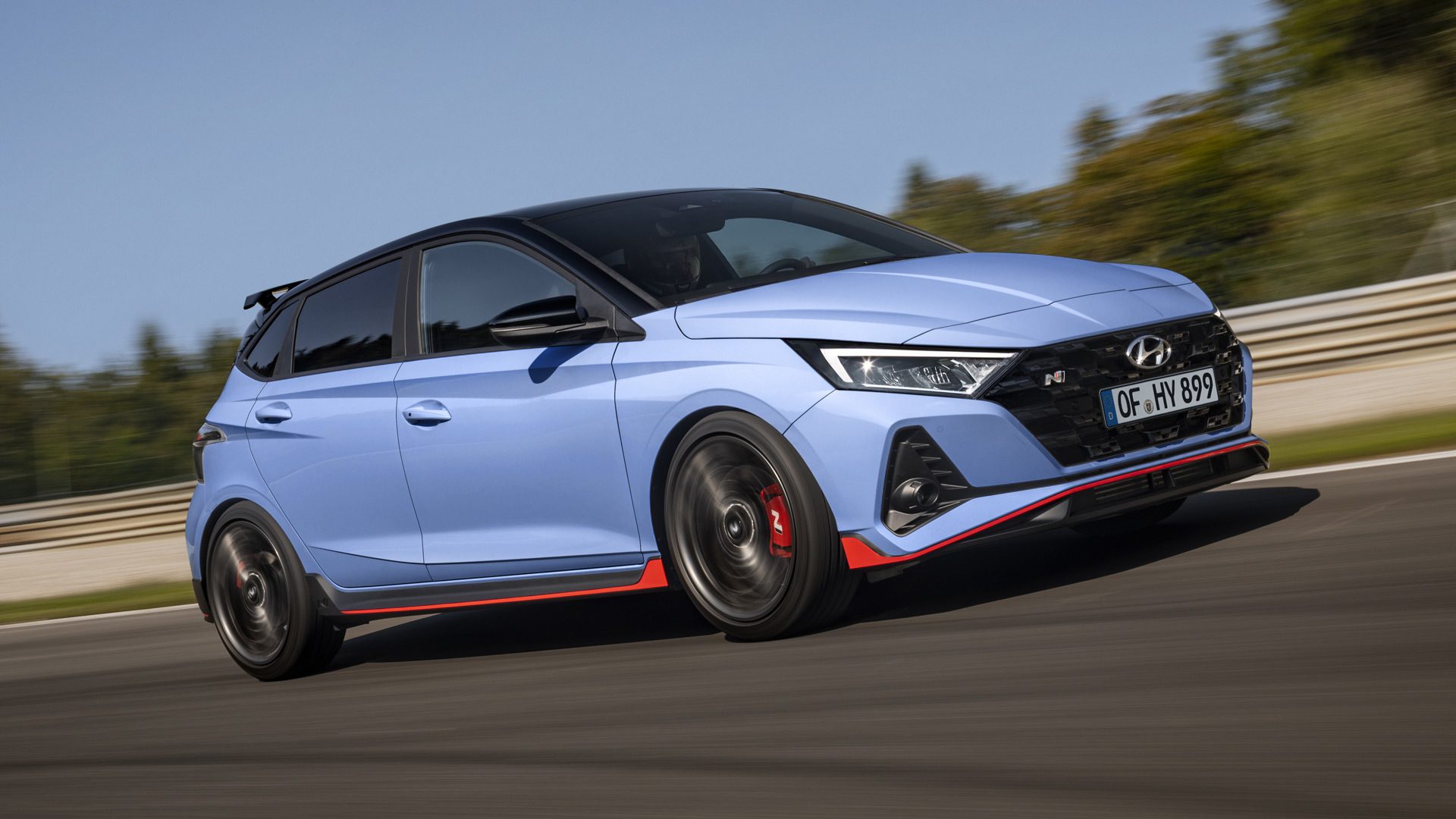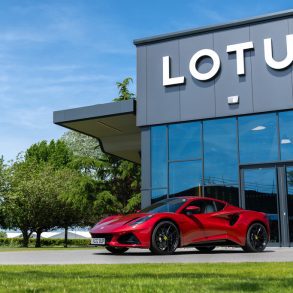Hyundai Sales Data, Trends & Analysis for the European Automotive Market
Hyundai sales, and sales of its sister brand Kia, have gone exactly the opposite direction of most of its European mainstream competitors like Ford, Opel, Fiat and Citroën, rising steadily from 2009 through 2017, with just a slight fallback in 2013 when Hyundai lost sales and market share as the overall market started its recovery in 2014. The brand continued making inroads in 2015 and the following years to reach record sales in Europe for three consecutive years, peaking over 500,000 sales in 2017, although market share was still below its 2012 peak.
Hyundai Europe Sales Figures & Recent Highlights
Hyundai’s formerly best selling model, the i30 compact car was renewed in 2017, it was overtaken in 2014 by both the ix35 SUV and the i20 subcompact, both of which were renewed in 2015, as the ix35 was renamed Tucson, like its predecessor. The Tucson achieved record sales in 2016 and 2017, selling over 150,000 annual units. Hyundai was late to the party in the subcompact crossover segment, only launching the Kona in late 2017. The brand also launched the Nexo Fuel Cell Electric crossover in 2018.
The i10 is a steady seller for the brand, but heavy competition in the segment and the rebound of the Italian market, Europe’s largest minicar market but not for the i10, make it difficult for the model to return to 100,000+ sales as the first generation did in 2009. The i20 subcompact hatchback shows stable sales and the new generation finally passed 100,000 sales in 2017. The Ioniq was launched, the first car in the world available with three different electrified drivetrains: hybrid, plug-in hybrid and full electric. Still, the Ioniq remains a niche player, even in Europe.
The Genesis models are one of Hyundai’s few commercial failures, as the Coupe sold just 3,200 units in the 5 years it was on the European market. The coupe segment in Europe is smaller than in America, and when Europeans buy coupes, they tend to prefer those of premium brands over mainstream brands, let alone a Korean mainstream brand. The Genesis luxury sedan faced a similar fate, with just over 400 sales in its first three years. In 2015, the company announced that it would spin off its Genesis sub-brand to become a stand alone premium player which should help in the US and China, but the brand is doomed in Europe, where even Cadillac, Lexus and Infiniti are still struggling to make a mark.
Hyundai Annual Sales, Growth and Market Share in Europe
Below we have a table that shows total Hyundai sales volumes for the Europeean automotive market, broken out by year. This data captures all Hyundai vehicle sales for the entire European automotive market.
Hyundai Europe Annual Sales Units & Growth Chart
Below is a visual representation of Hyundai Europe sales units over time. We have both the Hyundai sales units and the market share in the Europe market. Click on the items in the legend to see each series by itself.
Hyundai Europe Growth Rate & Market Share Chart
Below is the annual growth rate for the Hyundai brand in Europe, shown against the Hyundai’s marketshare changes in Europe. This gives you a good look into how Hyundai has faired against the other brands in terms of absolute sales and effect on marketshare. Click on the items in the legend to see each series by itself.
The Best-Selling Hyundai Cars & SUVs in Europe
COMING SOON
Sources: Manufacturers, ANDC, JATO Dynamics.









